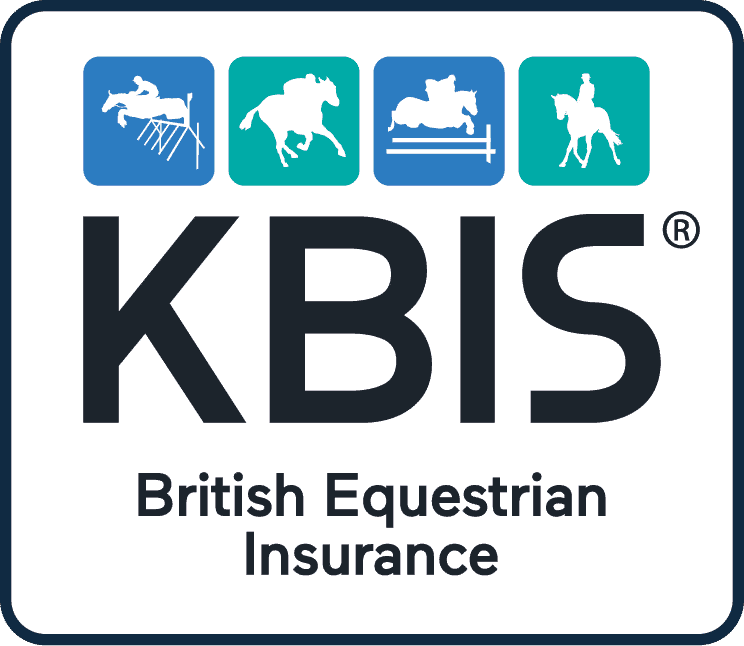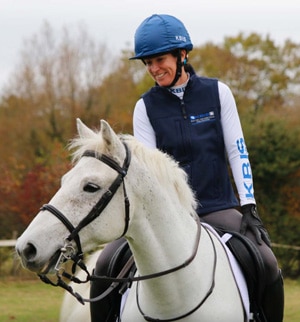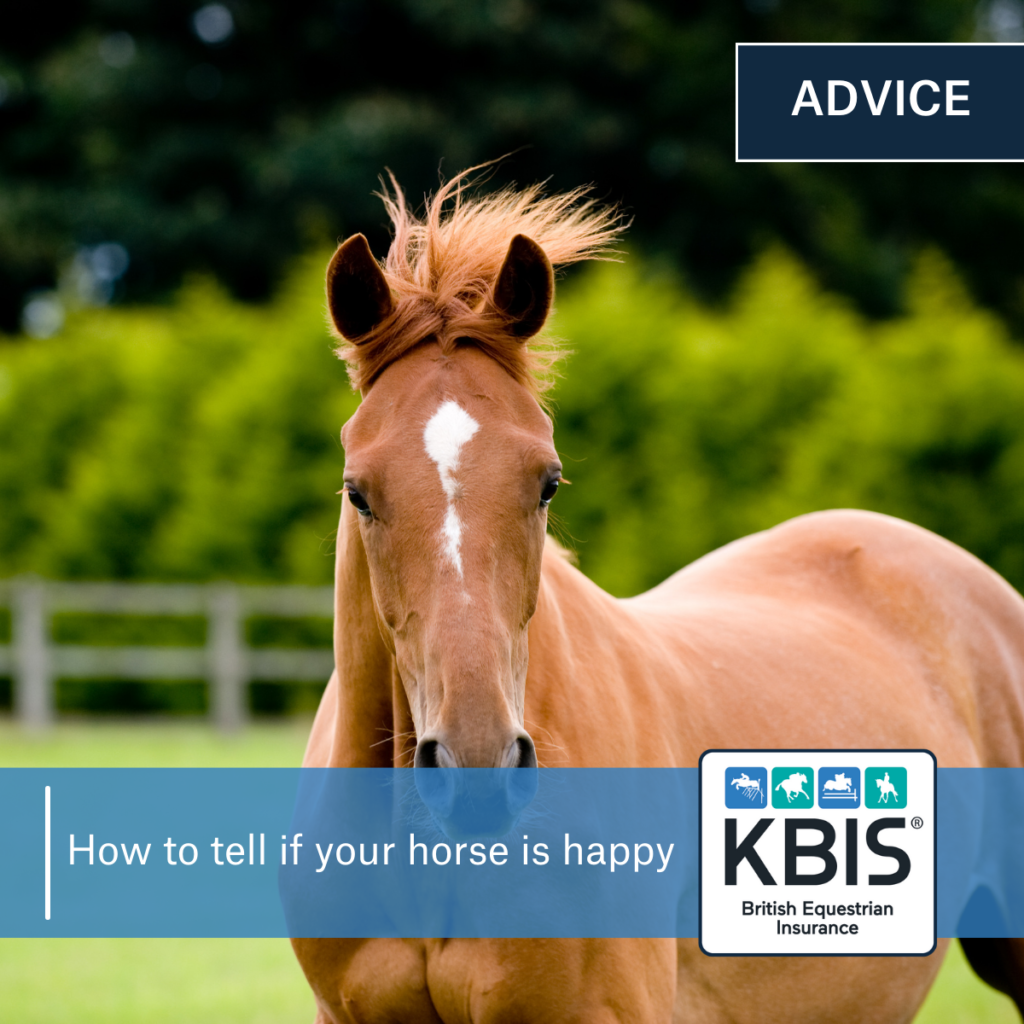We do everything in our power to make sure our horses are happy. We put them on the best feed, make sure they are always at the optimum temperature with the right rug, and keep up with regular visits from the vet, farrier, and dentist to keep them comfortable. But even with doing all this, sometimes you may wonder how you can tell if a horse is happy. They may not be able to wag their tails like dogs or smile like humans, but there are certain tell-tale signs you can look out for.
How to tell if a horse is happy
From checking their body language to looking at how they behave in the field, here are the top seven signs that will inform you as to whether your horse is happy:
1. Relaxed body language
A happy horse should display relaxed body language. Their nostrils should be soft and rounded whereas on an unhappy or stressed horse, these may be tight or drawn. Your horse’s mouth should have a lip line that curls down softly, the lower jaw should be loose, and the lower lip may hang down also. Their tail should be loose and swinging free, stressed horses may swish their tail backwards and forwards. Ears should appear relaxed and be aware that those that are pricked forwards do not always indicate a good mood, they may be pointing towards something they feel stressed about, whereas if they are positioned backwards, it could be a sign of pain or stress.
2. Grazing in the field
This may seem like a no-brainer but when in the field, a relaxed horse should be grazing happily. Sometimes you may even catch them lying down and having a snooze too! A stressed horse may run along the fence or constantly gallop around the field and call.
3. Grooming with their field mate
If you have herd turn out, a happy horse will likely participate in mutual grooming with a field mate. This is a good indicator that they are relaxed and happily bonding with another horse. Alternatively, if your horse is aggressive to others, it may be a sign that they are unhappy perhaps with the company..
4. Firm regular droppings
A happy horse is a regular horse. Droppings should be firm, regular, and of an amount that is normal for your horse – something you’ll learn over time with consistent mucking out and poo picking. Stressed horses tend to go less frequently or may produce looser stools.
5. Tidy stable
If your horse is stabled, you can use the state of their stable each morning as an indicator of how their night went. Are there signs they have laid down? Or is all the muck and bedding strewn all over the place? Have they eaten their hay? Drunk enough water? A stressed horse may restlessly pace when in the stable and drink and eat less.
6. Approaching you in the field
When your horse is turned out and you go to catch them, if they are keen and excited for your time together they may approach you, or at the very least greet you with their ears forward and happily be caught. If your horse is unhappy, they may stand in the corner and avoid you or run away. Be aware though that some horses may just avoid being caught just because they like being in the field and it may not always be a sign of an unhappy horse!
7. Happy to be tacked up
If your horse is stressed or in pain, they may show reluctance when it comes to tacking up. A horse that is happy to be ridden should lower their head, open their mouth easily and accept the bit and let you put the saddle on. Unhappy horses may throw their head in the air, clamp their mouths shut or try to kick and bite you. If your horse displays any of these signs only when tacking up, it may be pain related. f you suspect it is, consider when your horse last had their teeth/back/saddle checked and book a vet visit if you are concerned.
So now you know how to tell if your horse is happy. Looking for more advice on how to care for your equine friend? Read our guide on how to settle a horse into a new home to ensure the adjustment period is as stress-free as possible.


